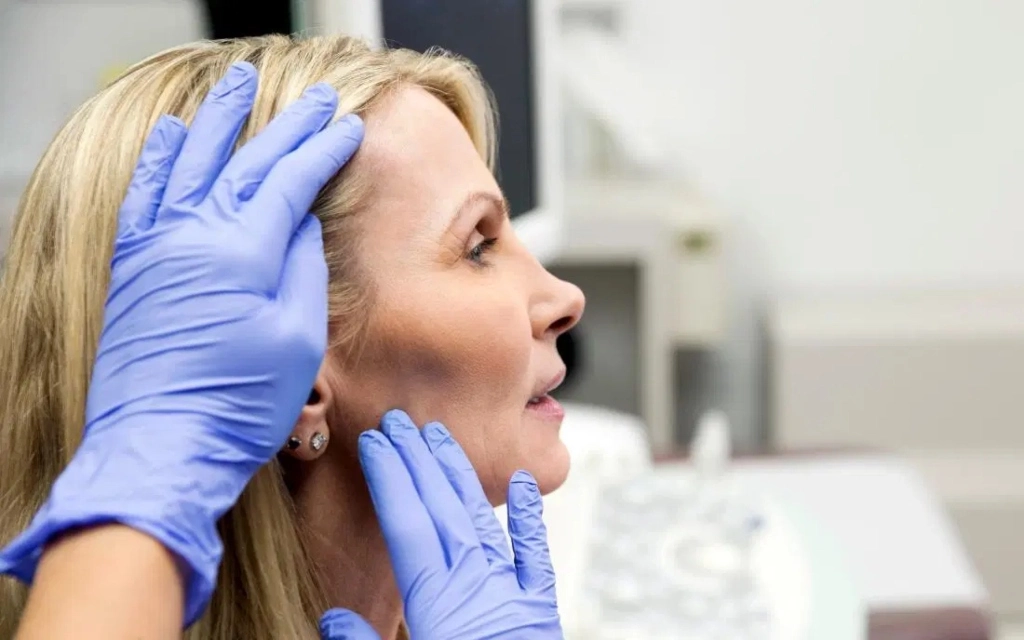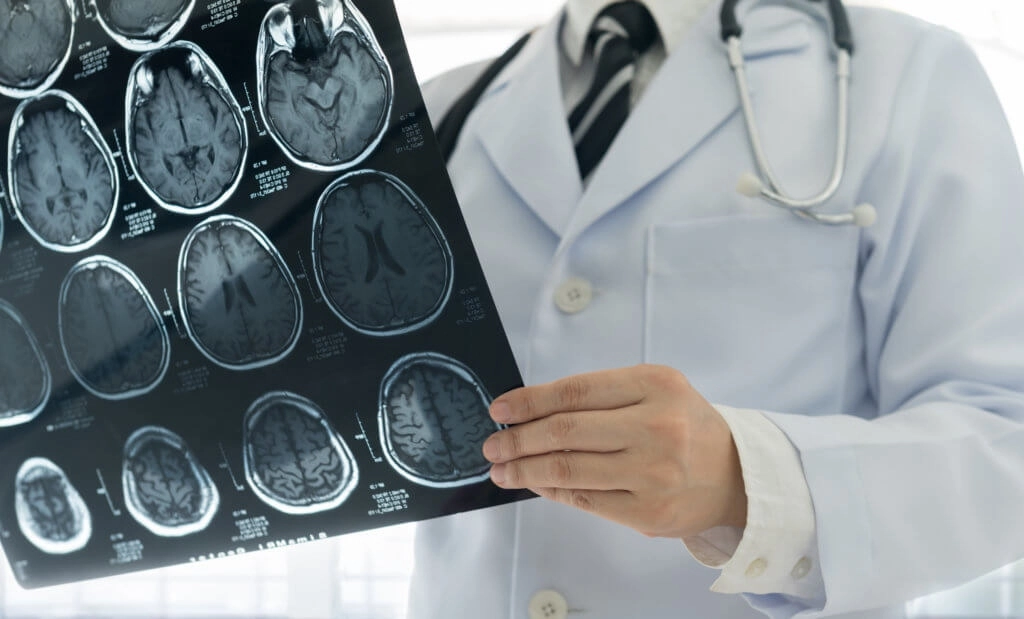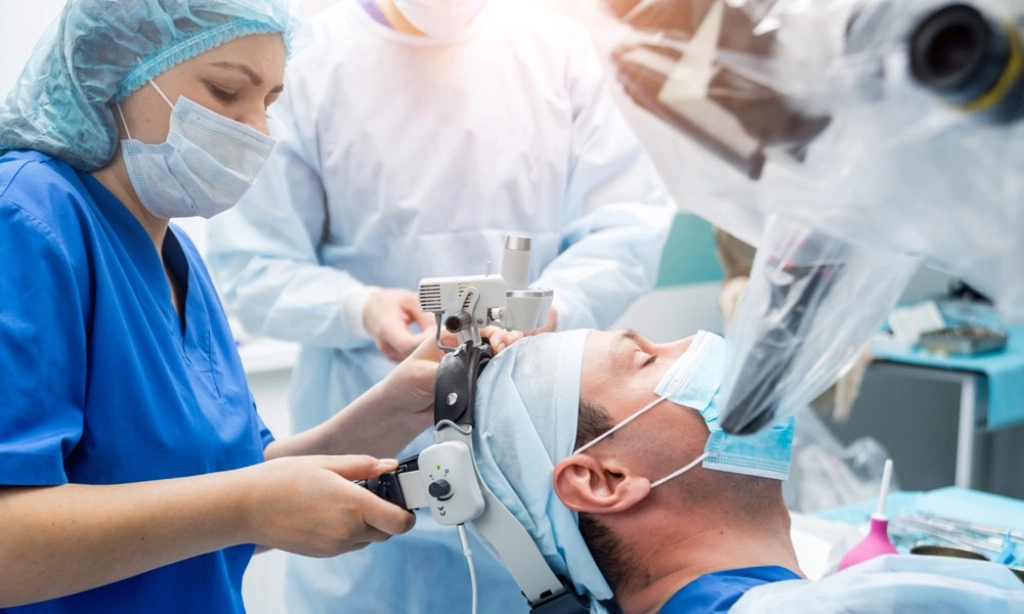Crown skull indentation in adults is quite common these days but shouldn’t be ignored. So, if you experience a change in the skull shape, immediately see a doctor.
But, before visiting a GP, you are advised to take proper note of the symptoms, triggers, and causes behind dents in the head because they often occur as a result of trauma or some diseases.
Look broad encourages people to talk about health issues and provides expert over-the-counter guides to deal with problems, with pertinent information on when to see a doctor.
You must have the proper information to convey GP about your condition, such as when, how, and where did you start experiencing dents in your head. This guide help you prepare the proper information to make the most of your visit to the general physician or specialist. We are discussing: This is yet another health manual for people complaining about having dents on the scalp or different head parts. It will help you prepare for the doctor’s visit. Skulls come in different shapes and sizes, making the different face shapes in all humans or even kingdom Animalia. But, sometimes, people see dents or dips on the different parts of their head (skull, forehead, and scalp) as a result of some health condition. So, if you notice a change in your skull shape or in the head of someone you know, make sure to take immediate action and be prepared to see a dr. As a result of skull indentation in adults, also known as skull depression, one can experience: According to advanced research papers, experts have found that men are more at risk of skull depression. However, some other studies have also argued that women’s skulls are mostly filled with hair, and it is not easy to find dents in the head without a bare scalp. Until and unless you experience symptoms like headaches, memory loss, and vision difficulties and go for a proper checkup and test, we cannot identify skull indentation in adult women. Crown skull indentation in adults is more common in men, but women are not spared from it. Regardless of gender, explicit life experiences or issues can result in a dent in the head. What can be the causes behind having dimples in one or different parts of the head? Scroll below to find the details: Sometimes, people are born with such issues and dents in their skulls. Babies remain safe in the mother’s wombs, but their position there can play a role in developing skin depression. This can happen due to a problem in the birth process or the position of the baby at the time of delivery. With this, the skull of the fetus fuses prematurely, resulting in posterior fontanelle dents or any part of the skull. However, this needs proper examination and checking from a practiced professional to find out the exact whereabouts of the issue. Genes can play a role and make people born with crown skull indentation; the condition is known as Craniosynostosis. The skull depression caused by genetics happens due to syndromes such as Apert syndrome and Pfeiffer syndrome. Both syndromes happen as a result of genetic mutation issues in which babies can bear swollen or dented limbs, faces, heads, and skulls. People with type 1 Pfeiffer syndrome lead a normal life, apart from limb abnormalities. However, type 2 and 3 Pfeiffer syndromes can cause problems in the nervous system. It is one of the rarest disorders of crown skull indentation in adults, during which blood vessels grow abnormally. Due to this, bone loss in the skull can happen. As a result, bone loss spreads in the adjacent tissues sometimes. The bone is replaced by tissues resulting in dimples and dents in the skull. This disorder can be identified through symptoms like pain or ache in the very place or swellings in the head. During this, the risk of bone fracture increases. It needs immediate attention and contact with a physician. During the normal cycle of bone renewal, bones grow and replace the old ones. However, sometimes, this natural cycle disrupts. Instead of replacing the old bones, abnormal bone growth happens to result in dense bones on the head appearing like dents in the head or crown skull indentation in adults. This is known as Paget’s disease of bone, and someone suffering from it can experience episodes of headaches and irregular skulls. Often associated with the term trauma, physical accidents are the common cause behind crown skull indentation in adults. According to expert doctors and researchers, car accidents with an injured head, falling on the crown, or a severe blow to the skull can result in depressed fractures. During this, the part of the head which experienced a severe blow due to an accident, bang, or fall gets crushed and closes to the side of your brain. As a result, you see a small dent, dimple, or depression at that very place. Crown skull indentation in adults is not ignorable and requires immediate medical assistance. Moreover, when the dent is in the back of the head, this can be a little more difficult to identify in women than men without a proper diagnosis through machines (we will discuss it in the coming lines). Many cancer cases were reported in people who had Crown skull indentation. This happens especially during bone-destructive cancer diseases. Doctors have seen cases of multiple myeloma, a type of cancer in which bones are affected due to an increase in the damaged cinereous cells and appear dented or depressed on the skull. It would help to visit a doctor with all the pertinent information about your health before and after you experience Crown skull indentation in adults. After a thorough checkup, dr. can recommend you to go for a test. The options are: Your doctor will suggest you go with some lifestyle changes, such as quitting smoking or reducing your caffeine and tobacco intake. However, it will vary from person to person. Some triggers are present in the environment too, and your doctor can better convey them to you. All with this, the physician can also ask for your family history. In light of this information, he would further suggest crown skull indentation in adults’ treatments. Such as: The pain and aches in the body are treated by prescribing medications and pain relievers for fractures. This will be recommended if the skull depression has occurred as a result of some accident or trauma. In the more severe cases, to remove the fragments of bone from the head, surgeries are suggested. The bone fragmentation, If not removed, can result in brain damage. During causes like multiple myeloma, a type of cancer, chemotherapies and other surgeries are recommended to remove the cancerous cells. Post-surgery treatments are also recommended when crown skull indentation in adults occurs due to cancer. It will depend on your after-surgery recovery and symptoms. People with bone diseases experiencing skull depression are prescribed medicines to stop the abnormal growth of new bones and replace the old ones. The body is treated, so that bone tissues are absorbed by it. However, your doctor can better suggest if you should stick with medicines or go with surgical treatments. According to experts, the posterior fontanelle dent symptoms in babies go away on their own within 6 months of their birth. However, in severe cases, abnormal heads are treated with therapies like helmet therapy. This keeps babies’ heads in a regular structure preventing further growth of tissues or dents occurrence. Surgeries can also be recommended based on the symptoms and recovery options for babies. Here, our discussion on Crown Skull Indentation in Adults comes to the end. We have found that if anyone from kids or adults experiences skull depression, they should immediately see a doctor. Along with information about causes and symptoms, we have also added a list of treatments that can be recommended to adults or kids based on the condition of their health. Look Broad encourages its readers to take proper examination from experts before making any decisions about the treatments when experiencing issues like Crown Skull Indentation in Adults or kids. For more information, keep visiting us.

Skull Indentation in Adults
Crown Skull Indentation In Adults – Symptoms

Why Do I Have a Dent in My Head? Crown Skull Indentation Causes

1. Craniosynostosis:
2. Genetic Mutation:
3. Gorham’s Disease – Abnormal Blood Vessel Growth:
4. Overgrown Bones:
5. Accidents:
6. Cancer:
Crown Skull Indentation in Adults Diagnosis and Identification
Skull Depression Treatment Options

1. Antibiotics:
2. Surgery:
3. Chemo:
4. Medications:
5. Helmet Therapy for Babies:
Bottom Line
